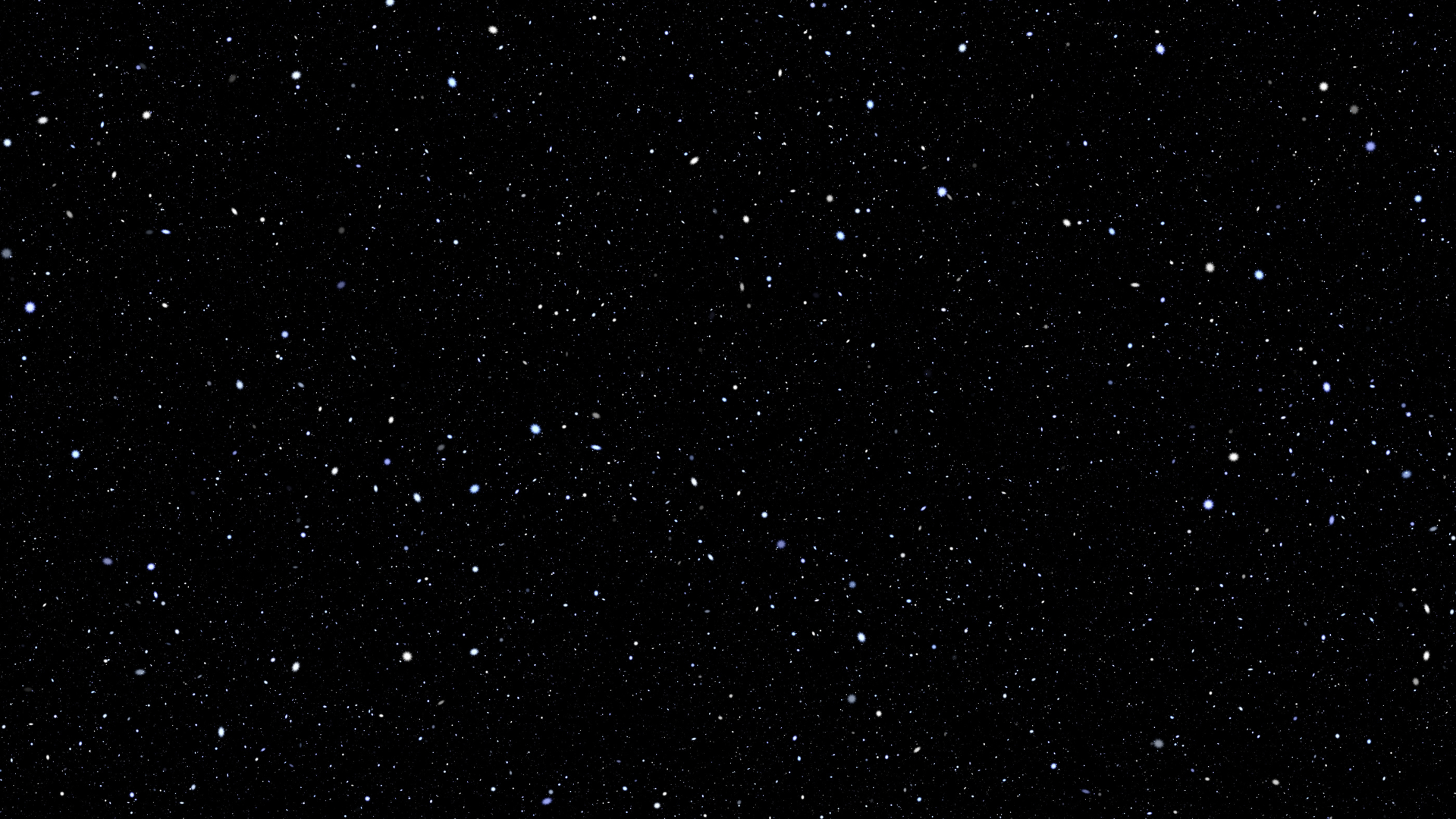“The uncanny” is a bemusing, unsettling, strangely familiar phenomenon characterised by a feeling of disruptive eeriness and unreality piercing through the fabric of the mundane; it generates a particular type of response in one’s psyche and evokes an ineffable feeling. The uncanny generally teeters on the blurred lines between reality and illusion, self and other, life and death, the natural and the unnatural. It is a subjective experience, to which some people are more susceptible than others; and ultimately, it’s an elusive feeling, which varies from person to person, both in the source that stimulates it and in the particularities of the response it elicits. There is a notable distinction to be made between the cultural view of the uncanny—as represented through pieces of art, film, or other media, and the psychoanalytic one, as introduced by Freud in his influential essay on aesthetics, Das Unheimliche.
In fiction, the uncanny has often been associated with recurrent themes such as the double/doppelgänger figure, reflections, mirroring, strangely familiar apparitions, haunted homes, horror, & the symbolic return of the repressed in the form of ghosts, monsters, or other Gothic figures. In art, objects such as wax masks, automata, and lifelike dolls tend to be described as uncanny. This refers to what is known as the Uncanny Valley, emphasising the unsettling, repulsive effect of things of an ambiguous lifelike nature, objects that appear to be human and alive, but upon closer examination reveal themselves to be flawed human replicas. However, in psychoanalytic terms used to describe real-life phenomena, the uncanny diverges from the cultural perspective.
“The sensation of uneasiness described by Freud is felt when we encounter something that seems to confirm beliefs we held as children but were taught could not be true—such as that our toys might come to life. It confirms the discarded beliefs of our ancestors—the existence of revenants (the return of the dead) or ghosts. Such encounters gives us a sense of the unheimlich, or ‘familiar unfamiliar’: the uncanny. Our most basic notions of reality are challenged, causing us to question all that we take for granted—such as the non-existence of the supernatural or, as with automatons and life-like waxworks, the impossibility of seeming both dead and alive—and hurtling us into a world of atavistic archetypes. If a doll can come to life, the assumptions on which we built our understanding of the world are completely eroded. For some people this is a horrifying experience, and for others a pleasurable one.”— Joanna Ebenstein, “The Anatomical Venus Wax: God, Death & the Ecstatic”



Psychoanalytic discourse emphasises the subjectivity of the phenomenon, shifting the focus from the objects themselves (which are not inherently endowed with uncanniness) to how we, the observers, experience certain objects, settings, situations, and, as I would suggest, also art shows and artworks, in a way that perceptually challenges or disrupts our sense of reality, making us aware of the unfamiliar present in the familiar, and resurrecting phantom elements or modes of perception from our past, particularly from early childhood. Within these intimate moments, our being has an inner dialogue whilst a haunting sense of unreality temporarily permeates the fibres of our existence. In this light, the uncanny encompasses experiences such as a human subject unconsciously or seemingly accidentally returning to the same spot several times (as if compelled or pushed by an external force), the feeling of deja-vu, a peculiar sense of being watched, potentially by something supernatural, finding objects that you thought were lost forever, or stepping into an empty place that is normally filled with people.
When it comes to the aesthetic experience, Derrida’s concept of hauntology applied to art (the extended definition of art) refers to how hauntological aesthetics can induce an otherworldly nostalgia by invoking phantoms of the past that are neither present nor absent, as well as a sense of a lost future. These can induce perceptions and aesthetic impressions that resurface from the unconscious mind after having been absent, long forgotten.
“The uncanny is a crisis of the natural, touching upon everything that one might have thought was ‘part of nature’: one’s own nature, human nature, the nature of reality and the world. But the uncanny is not simply an experience of strangeness or alienation. More specifically, it is a peculiar commingling of the familiar and unfamiliar. It can take the form of something familiar unexpectedly arising in a strange and unfamiliar context, or of something strange and unfamiliar arising in a familiar context. It can consist in a sense of homeliness uprooted, the revelation of something unhomely at the heart of hearth and home. […] The uncanny has to do with a strangeness of framing and borders, an experience of liminality. It may be that the uncanny is a feeling that happens only to oneself, within oneself, but it is never one’s ‘own’: its meaning or significance may have to do, most of all, with what is not oneself, with others, with the world ‘itself’. It may thus be construed as a foreign body within oneself, even the experience of oneself as a foreign body, the very estrangement of inner silence and solitude. It would appear to be indissociably bound up with a sense of repetition or ‘coming back’ — the return of the repressed, the constant or eternal recurrence of the same thing, a compulsion to repeat.”— Nicholas Royle, “The Uncanny”
The uncanny response is sometimes linked with elements of anxiety, fear, and shock. It can also be experienced as a dream state, a combination of weightlessness, derealisation, lightheadedness, a sense of a distant, diffuse past merging with the present, of time being suspended or dissipated, of another world permeating current reality. I would describe it as a spiritual occurrence which can be resurrected by a scent, a melody, a film, an atmosphere, or an object, making me see the world through another lens, belonging to a much younger version of myself, who used to process the world in a more mystical way. This impression, this world pouring through another world, this repetition of a way of seeing is ambiguous, as it’s filtered through memories, which can morph as time goes by and “re-shape” the past. Such memories can summon echoes of seemingly insignificant, disjointed aspects and sensory moments that our minds may have considered fascinating. They are often distorted, or disguised. The uncanny response is sensory, emotional, and intellectual at the same time. British psychoanalyst Darian Leader mentioned how a change in the subject’s self-image can appear in such moments, a self-perception as an object of the gaze of a higher external force, a perception of the self as ‘the other’, a fleeting sense of alienation from one’s own constructed identity, desires, sense of the world, or from reality. Darian Leader also emphasised the dimension of conscious or unconscious desire that is relevant in this context, and how the cancellation of the gap of that desire, so the moment of its fulfilment (i.e. the desire to find something or to recreate an old narrative or scenario) stimulates an uncanny response.
The uncanny in psychoanalysis is often anchored in the tension between familiarity and estrangement, where the homely turns suddenly hostile or unrecognisable. As Anthony Vidler notes,
“For Freud, ‘unhomeliness’ was more than a simple sense of not belonging; it was the fundamental propensity of the familiar to turn on its owners, suddenly to become defamiliarized, derealized, as if in a dream.” — Anthony Vidler, “The Architectural Uncanny: Essays in the Modern Unhomely”
Vidler here refracts Freud’s Uncanny through the broader field of the everyday, where unheimlich names the moment the familiar frameworks of life—habits, objects, spaces, narratives—turn against their own promise of coherence. The “homely” in Freud is not necessarily a building but a register of the familiar: what we move through without noticing until it suddenly shows its underside. In psychoanalytic terms, the ensuing estrangement is less an external threat than the return of the repressed within perception itself: a slip in the seams between ego and world, where meaning wobbles and the taken-for-granted reveals its latent strangeness.
Karl Jaspers approaches this phenomenon from a psychopathological perspective, describing what he terms a “delusional atmosphere”:
“Everything gets a new meaning. The environment is somehow different—not to a gross degree—perception is unaltered in itself but there is some change which envelops everything with a subtle, pervasive and strangely uncertain light. A living-room which formerly was felt as neutral or friendly now becomes dominated by some indefinable atmosphere. Something seems in the air which the patient cannot account for, a distrustful, uncomfortable, uncanny tension invades him…The use of the word ‘atmosphere’ might suggest psychasthenic moods and feelings perhaps and be a source of confusion; but with this delusional atmosphere we always find an ‘objective something’ there even though quite vague, a something which lays the seed of objective validity and meaning. […] Patients feel as if they have lost grip on things, they feel gross uncertainty which drives them instinctively to look for some fixed point to which they can cling.”— Karl Jaspers, “General Psychopathology”
This account captures the pre-reflective dimension of the uncanny—the sense that reality itself is shifting, infused with an indefinable significance. Jaspers points to the ontological insecurity underlying such experiences: the familiar world is no longer self-evident but charged with a presence that exceeds comprehension. Psychoanalysis might frame this as the moment when unconscious material intrudes upon consciousness, disorienting the subject who seeks in vain for an anchoring point, a way to restore meaning.
Marina Warner extends this analysis towards images, likenesses, and representations that uncannily gesture toward life yet signal absence:
“[…]According to theological principles, these seemingly natural, living, moving figures are spectral, mere images, uncanny because illusory. Such images or effigies consequently appear to supplant reality or take over from it when no prior referent remains in existence (the Seven Deadly Sins are allegories, Helen is long gone). The uncanny is an effect of reflection without referent, or of creation ex nihilo. In other words, it rises from a false impression that soul, in all its imprecision and mystery, is breathing into something; but these intimations of soul presence begin to stir only to be withheld. Living likenesses strive to guarantee and perpetuate presence, but ultimately underline the vanished and absent subject; creepily, they resemble someone or something who is not there, as in a mirror reflection with no subject.” — Marina Warner, Phantasmagoria: Spirit Visions, Metaphors, and Media into the Twenty-first Century



Warner’s observation recalls Freud’s notion of the double as both a promise of immortality and a harbinger of death. The uncanny here emerges from the gap between presence and absence, animation and lifelessness, the familiar body and its spectral double. Psychoanalytically, this reflects the subject’s confrontation with what Lacan might call the “Real”—that which resists full symbolisation yet erupts in moments when meaning falters, when the image both gives and withholds the self.
Freud’s essay starts with an in-depth semantic analysis of the ambiguous meanings behind ‘heimlich’ and ‘unheimlich’, exemplifying the multiple uses of the German words. Link to Freud’s essay on the uncanny: Das Unheimliche

